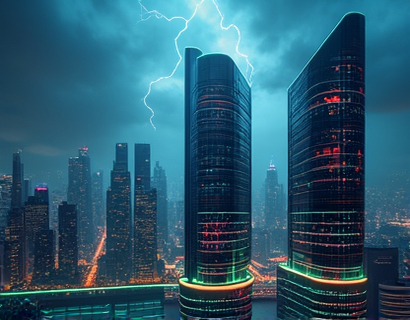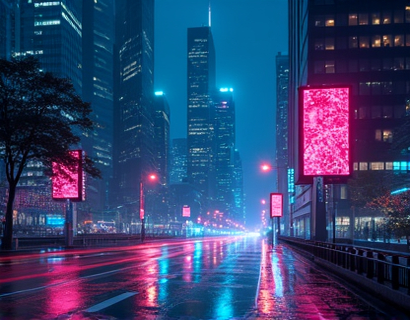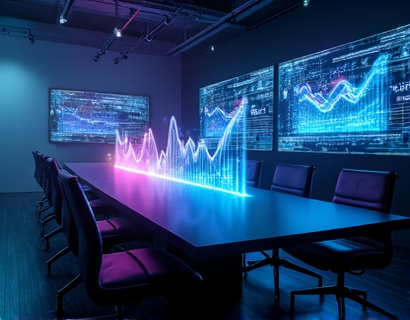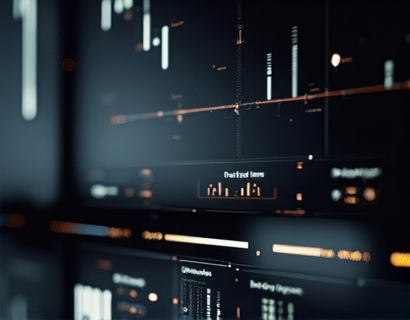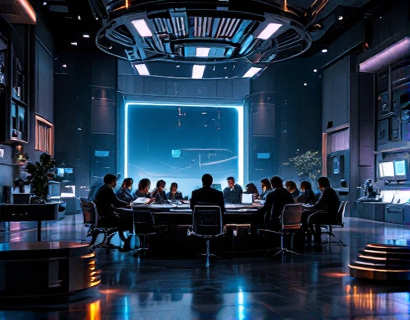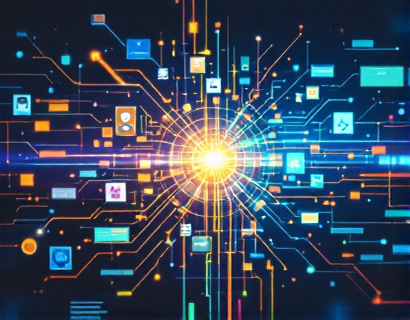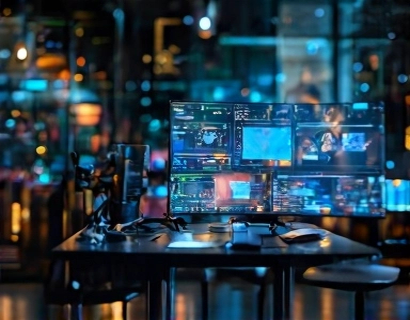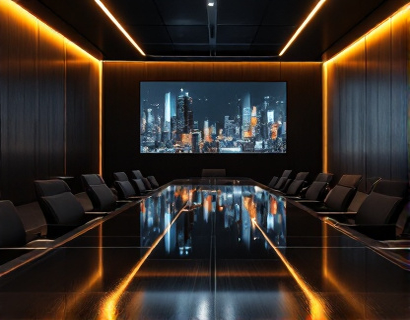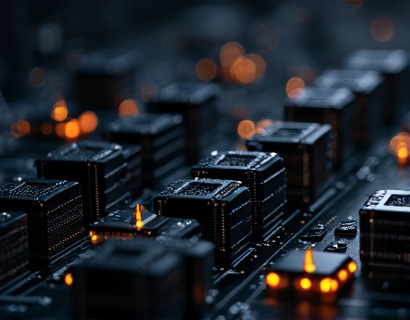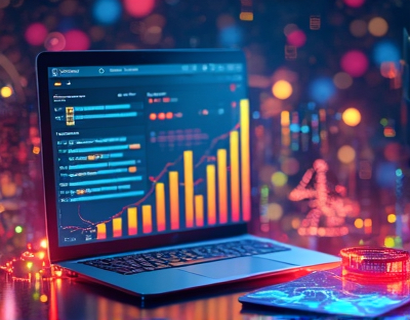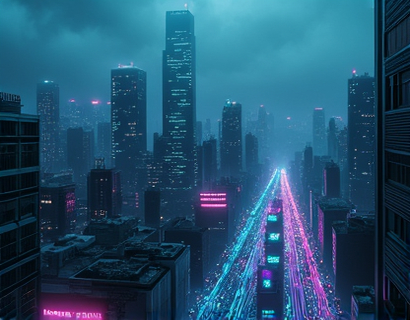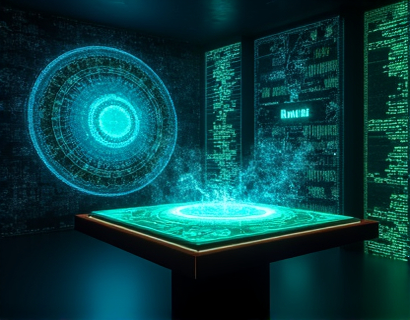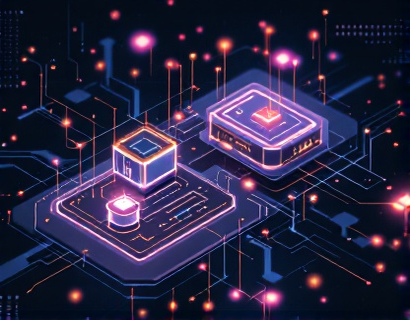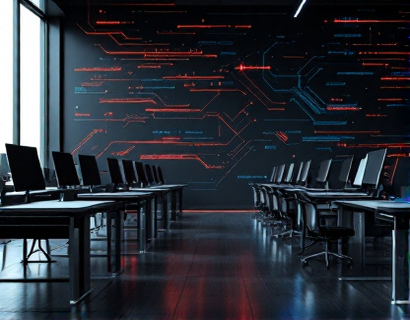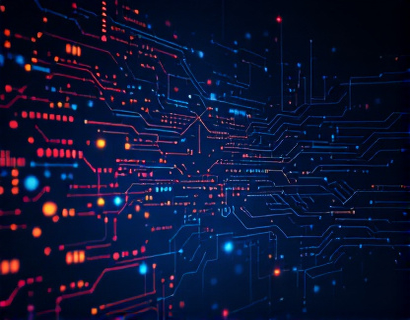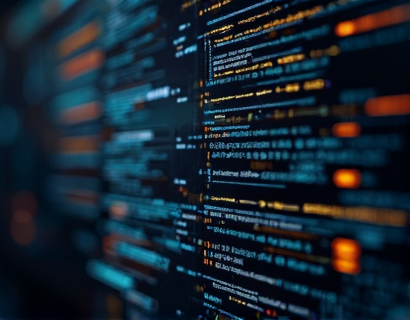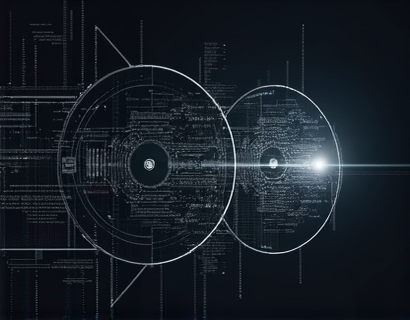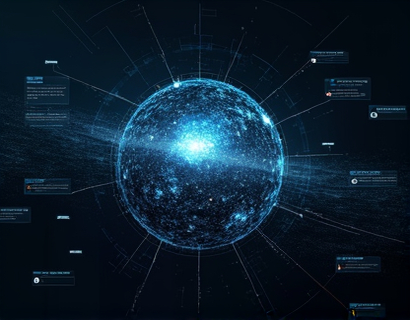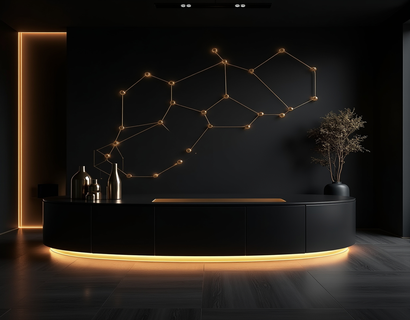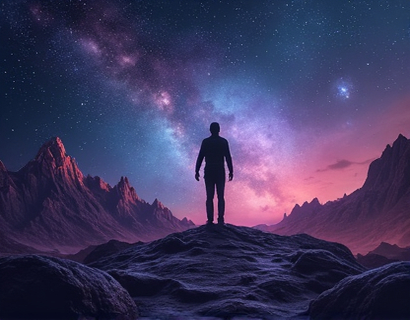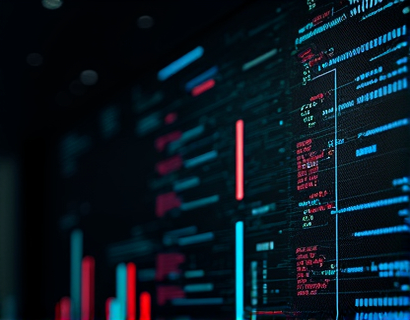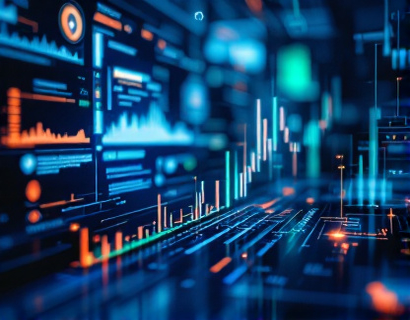AI-Powered Graphic Design: Revolutionizing Visual Creation with Intelligent Online Tools
The landscape of graphic design is undergoing a transformative shift, driven by the integration of artificial intelligence (AI) into creative processes. This revolution is making sophisticated visual creation more accessible and efficient than ever before. AI-powered graphic design tools are redefining how individuals and businesses approach visual content, from social media posts to professional marketing materials. These intelligent online platforms are democratizing design, allowing users with varying levels of expertise to produce high-quality graphics with unprecedented ease.
The Rise of AI in Graphic Design
The incorporation of AI in graphic design is not a new concept, but recent advancements have significantly enhanced its capabilities. Early applications of AI in design were primarily focused on automating repetitive tasks, such as color matching and layout suggestions. However, modern AI algorithms have evolved to understand and generate complex design elements, patterns, and even entire compositions. This evolution is largely due to improvements in machine learning, deep learning, and natural language processing, which enable AI systems to learn from vast datasets and make informed creative decisions.
How AI Enhances Creativity
Contrary to the common perception that AI will replace human creativity, these tools are actually augmenting the creative process. AI can analyze trends, predict design preferences, and suggest innovative ideas that a human designer might not consider. This collaboration between human intuition and machine intelligence results in a synergistic effect, where the strengths of both are leveraged to produce unique and compelling visual content. For instance, AI can generate multiple design options based on user inputs, allowing creators to explore a wider range of possibilities and refine their ideas more efficiently.
User-Friendly Interfaces for All Skill Levels
One of the most significant advantages of AI-powered graphic design tools is their user-friendly interfaces. These platforms are designed to be intuitive, requiring minimal technical knowledge. Users can input text, select color schemes, and choose layout options, and the AI will handle the rest. This accessibility means that anyone, from beginners to seasoned professionals, can create professional-grade graphics without extensive design training. The removal of complex software interfaces and the provision of drag-and-drop functionalities make these tools approachable for a broad audience.
Efficiency and Time Savings
The efficiency gains from using AI in graphic design are substantial. Traditional design processes can be time-consuming, involving multiple steps and iterations to achieve the desired outcome. AI-powered tools streamline this process by automating routine tasks and providing instant results. For example, creating a series of social media posts with consistent branding can be done in minutes, compared to hours of manual design work. This time savings allows professionals to focus on higher-value tasks, such as strategy and client communication, while still maintaining a high standard of visual content.
Customization and Personalization
AI-powered graphic design tools offer a high degree of customization, enabling users to tailor their designs to specific needs and preferences. These tools can analyze user inputs and preferences to generate designs that align with brand identities, target audiences, and specific campaigns. The ability to customize elements such as typography, color palettes, and imagery ensures that the final products are not only visually appealing but also strategically aligned with the user's goals. This level of personalization is particularly valuable for small businesses and entrepreneurs who may not have access to large design teams.
Cost-Effectiveness for Small Businesses and Freelancers
For small businesses and freelancers, the cost of hiring professional designers can be prohibitive. AI-powered graphic design tools offer a cost-effective alternative, providing access to high-quality design capabilities without the hefty price tag. These tools often operate on a subscription or pay-per-use model, making them financially viable for those with limited budgets. The ability to produce professional-looking graphics in-house means that small businesses can maintain a consistent and polished online presence, enhancing their credibility and market appeal.
Enhancing Social Media Presence
Social media platforms are visual-driven, and high-quality graphics are crucial for capturing attention and engaging audiences. AI-powered design tools simplify the process of creating eye-catching posts, stories, and ads. With features like automated size adjustments, optimized file formats, and trending design templates, these tools help users create content that resonates with their followers. The ability to quickly generate multiple variations also allows for A/B testing, enabling businesses to refine their social media strategies based on performance data.
Supporting Content Creators and Educators
Content creators and educators can greatly benefit from AI-powered graphic design tools. These platforms provide resources for creating infographics, presentations, and educational materials that are both informative and visually engaging. The ease of use means that educators can focus on crafting compelling content rather than worrying about the design aspects. For content creators, the ability to produce high-quality visuals efficiently can lead to increased engagement and better retention rates, ultimately driving more traffic and conversions.
Innovations in Illustration and Icon Design
AI is also making significant strides in illustration and icon design. Traditional vector illustration is a time-intensive process, but AI can generate custom illustrations based on simple descriptions or examples. This capability is particularly useful for creating unique icons and graphics that reflect a brand's personality. The AI can learn from existing designs and generate new, original illustrations that maintain consistency and style. This innovation not only saves time but also ensures a cohesive visual identity across various platforms.
Collaborative Design Environments
Many AI-powered graphic design tools offer collaborative features, allowing multiple users to work on a project simultaneously. This functionality is especially beneficial for teams and projects that require input from various stakeholders. Real-time collaboration ensures that everyone is on the same page, reducing miscommunications and delays. The AI can also mediate design decisions, suggesting compromises and optimizations based on predefined criteria, further enhancing the efficiency of the design process.
Environmental Impact and Sustainability
The digital nature of AI-powered graphic design tools contributes to environmental sustainability. By reducing the need for physical print materials and minimizing resource consumption, these tools help lower the carbon footprint of design projects. Additionally, the ability to create and share digital assets instantly eliminates the need for transportation and storage, further supporting eco-friendly practices. This alignment with sustainability goals is increasingly important for businesses and organizations looking to demonstrate their commitment to environmental responsibility.
Challenges and Considerations
While AI-powered graphic design tools offer numerous benefits, there are also challenges and considerations to keep in mind. One potential issue is the risk of over-reliance on AI, which could stifle human creativity and critical thinking. It is essential for users to maintain a balance, using AI as a tool to enhance their creative process rather than replace it. Additionally, the quality of AI-generated designs can vary, and there may be instances where human oversight is necessary to ensure the final product meets the desired standards. Ensuring data privacy and security is also crucial, as these tools often handle sensitive information and intellectual property.
Future Trends and Developments
The future of AI in graphic design is promising, with ongoing research and development poised to bring even more advanced capabilities. One area of focus is the integration of augmented reality (AR) and virtual reality (VR) into design tools, allowing for immersive and interactive experiences. AI will likely become even more adept at understanding context and user intent, leading to more intuitive and personalized design suggestions. The continued improvement of natural language processing will also enable more seamless interactions between users and AI, making the design process even more straightforward.
Conclusion
AI-powered graphic design tools are revolutionizing the way we create visual content, making it more accessible, efficient, and innovative. These intelligent online platforms empower individuals and businesses of all sizes to produce high-quality graphics with ease, breaking down barriers to entry and fostering creativity. As the technology continues to evolve, the potential for AI to transform the graphic design industry is vast, offering exciting opportunities for the future.



